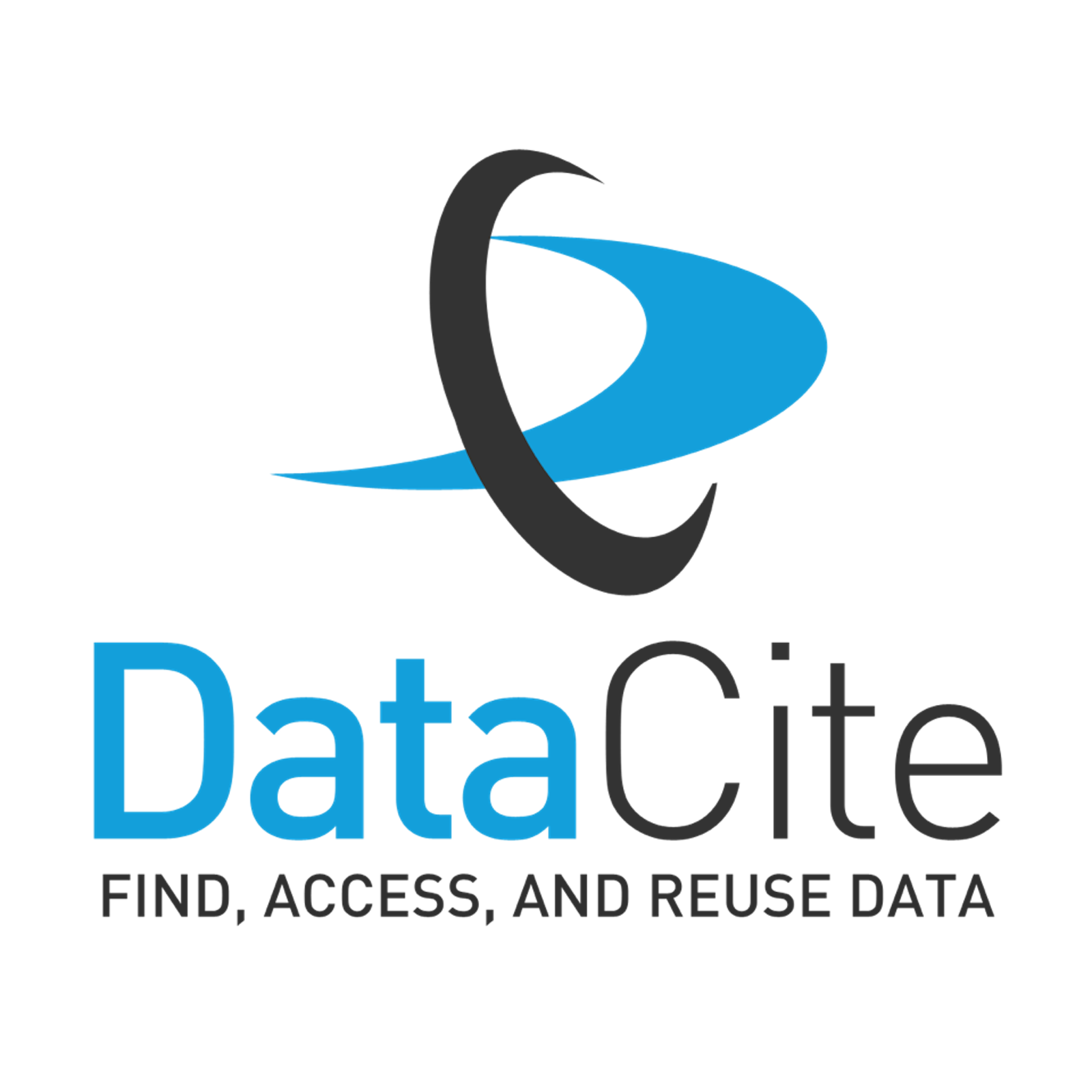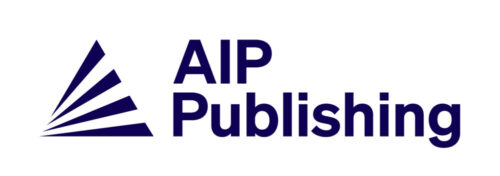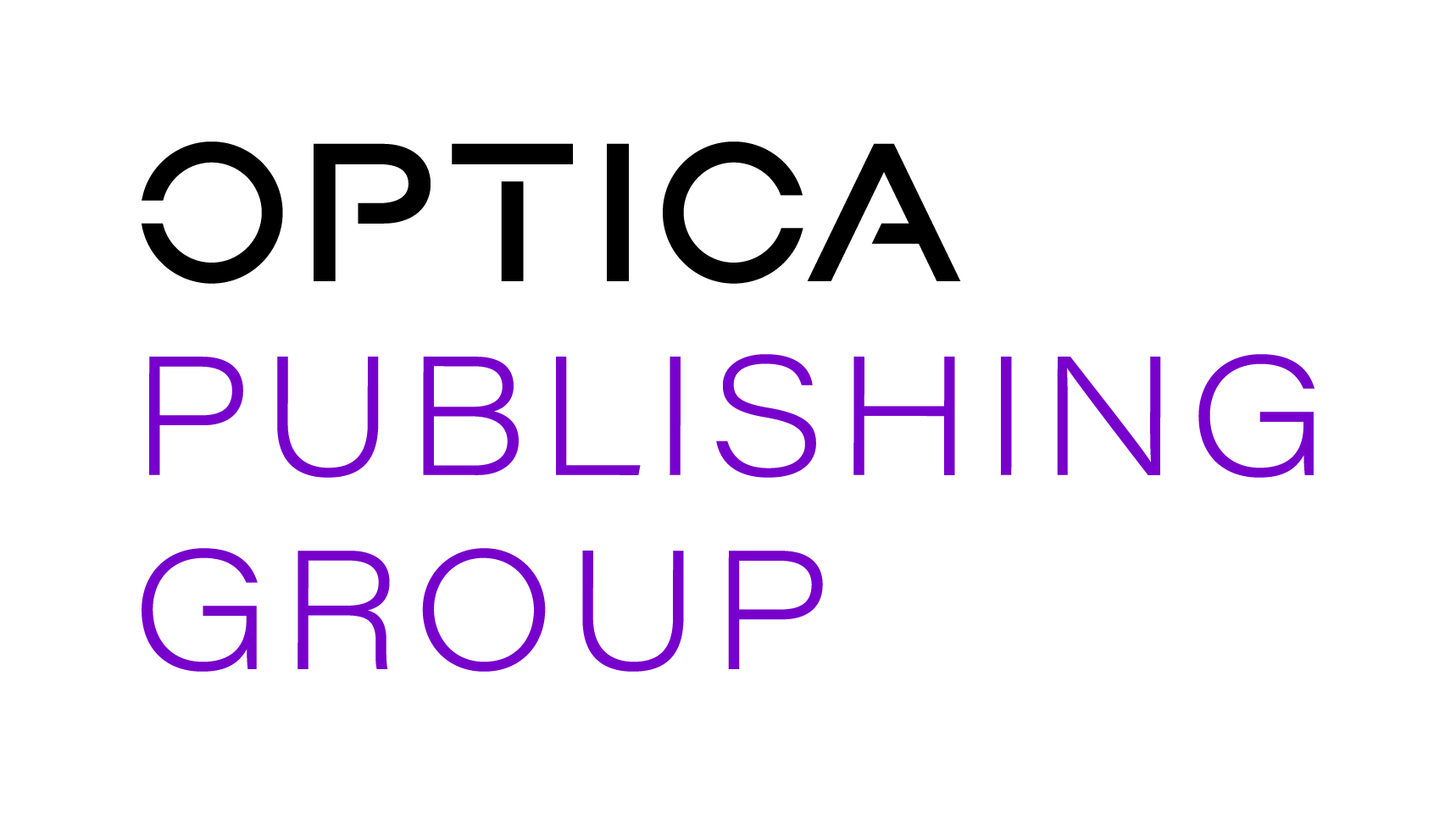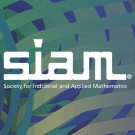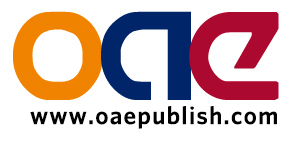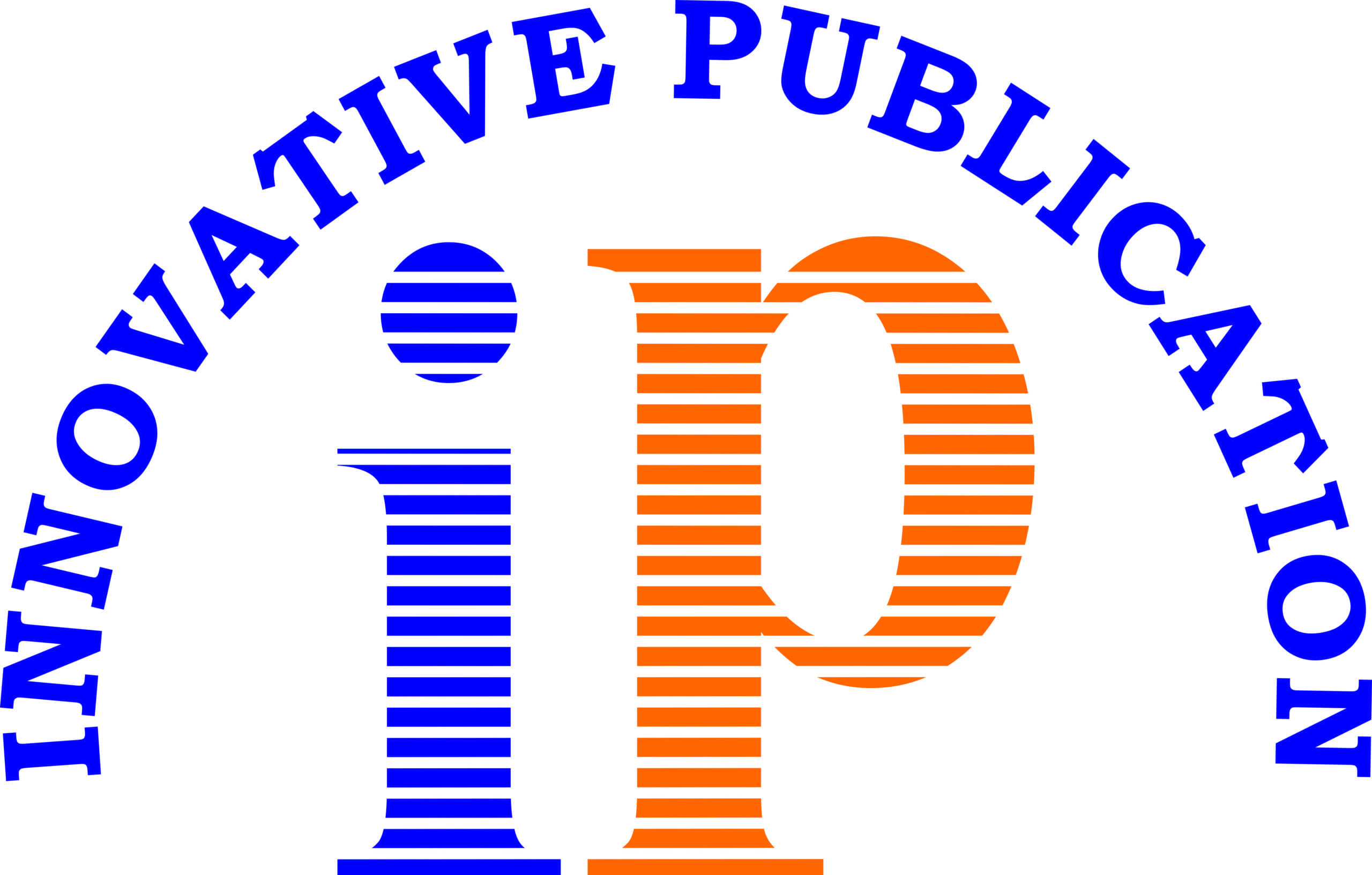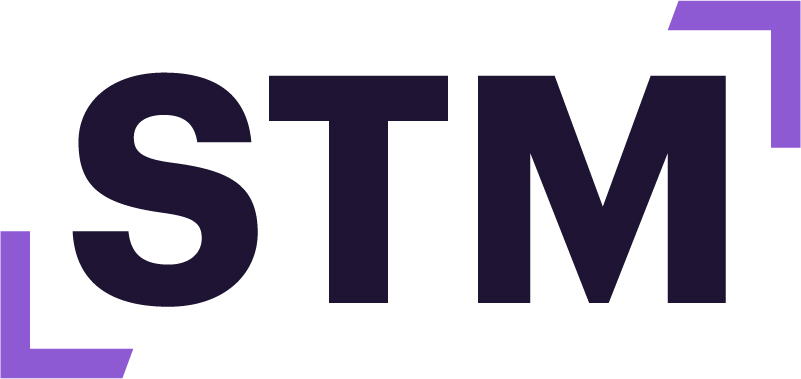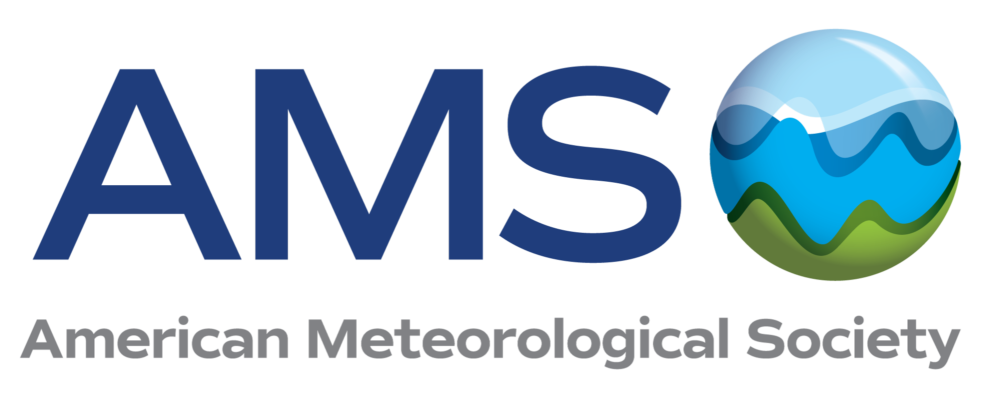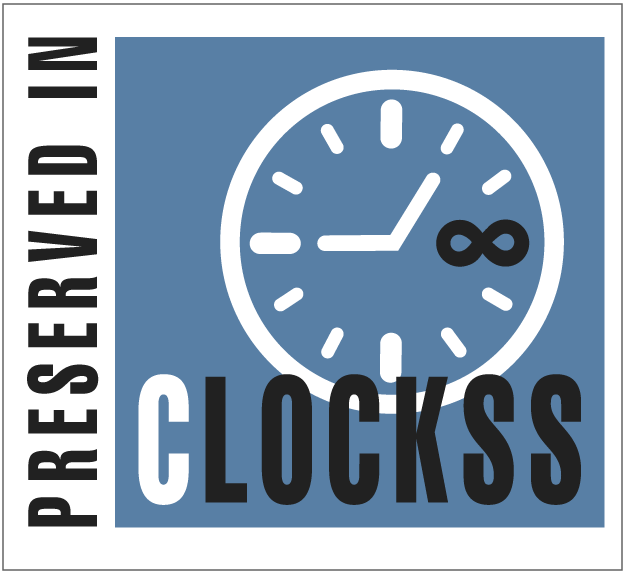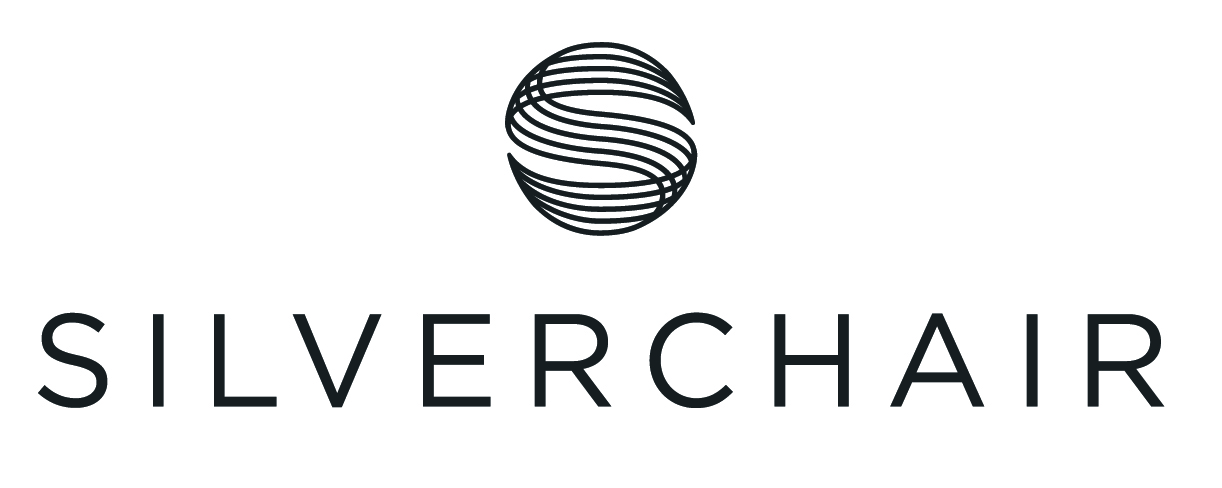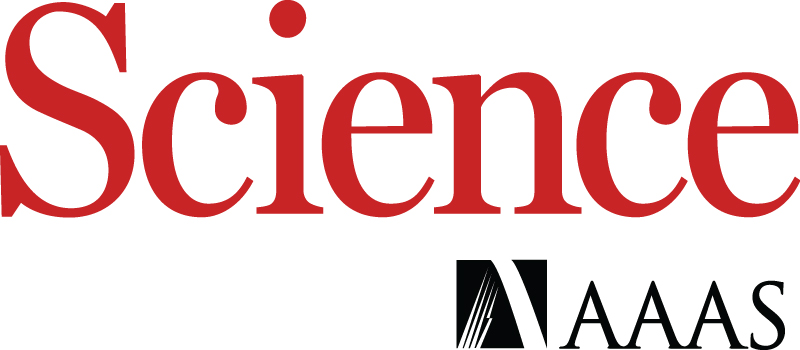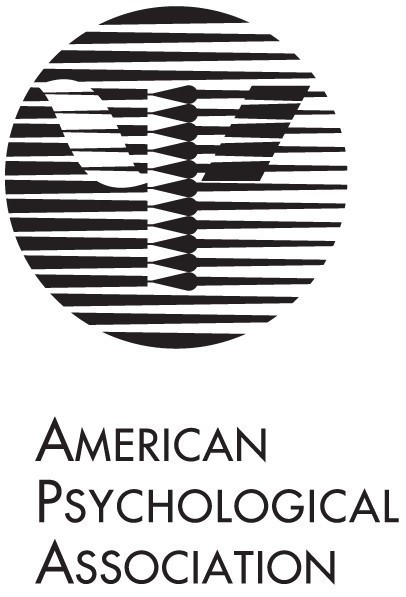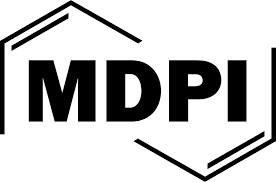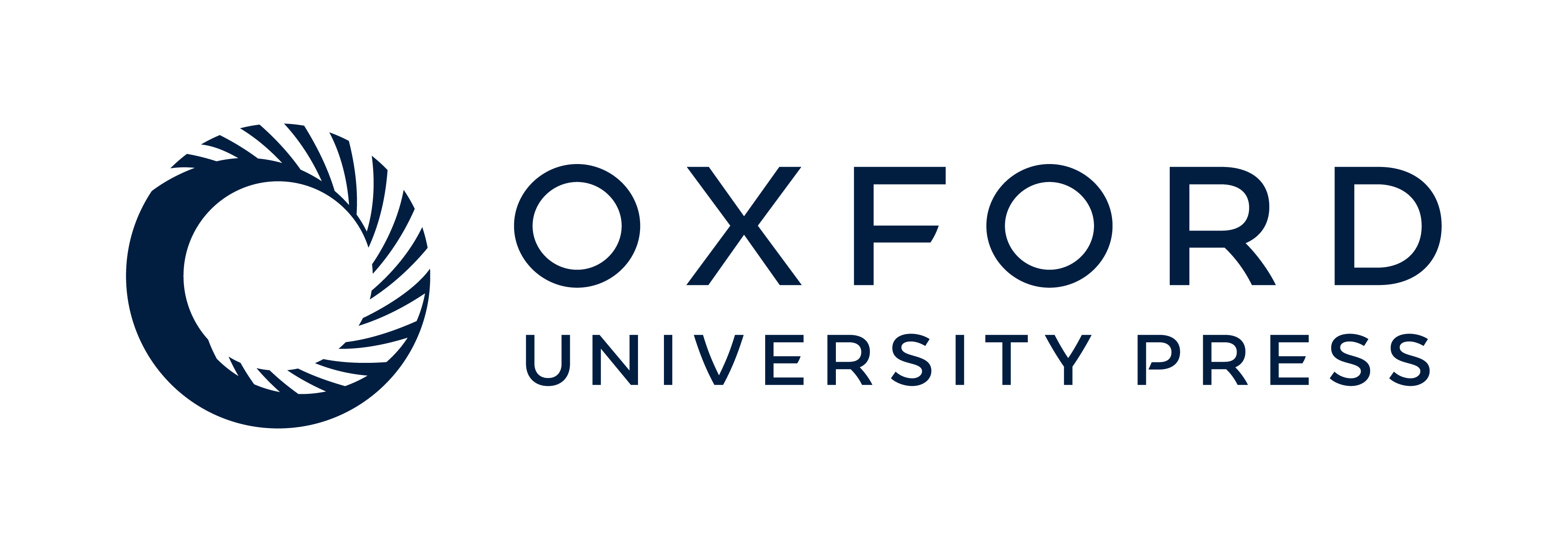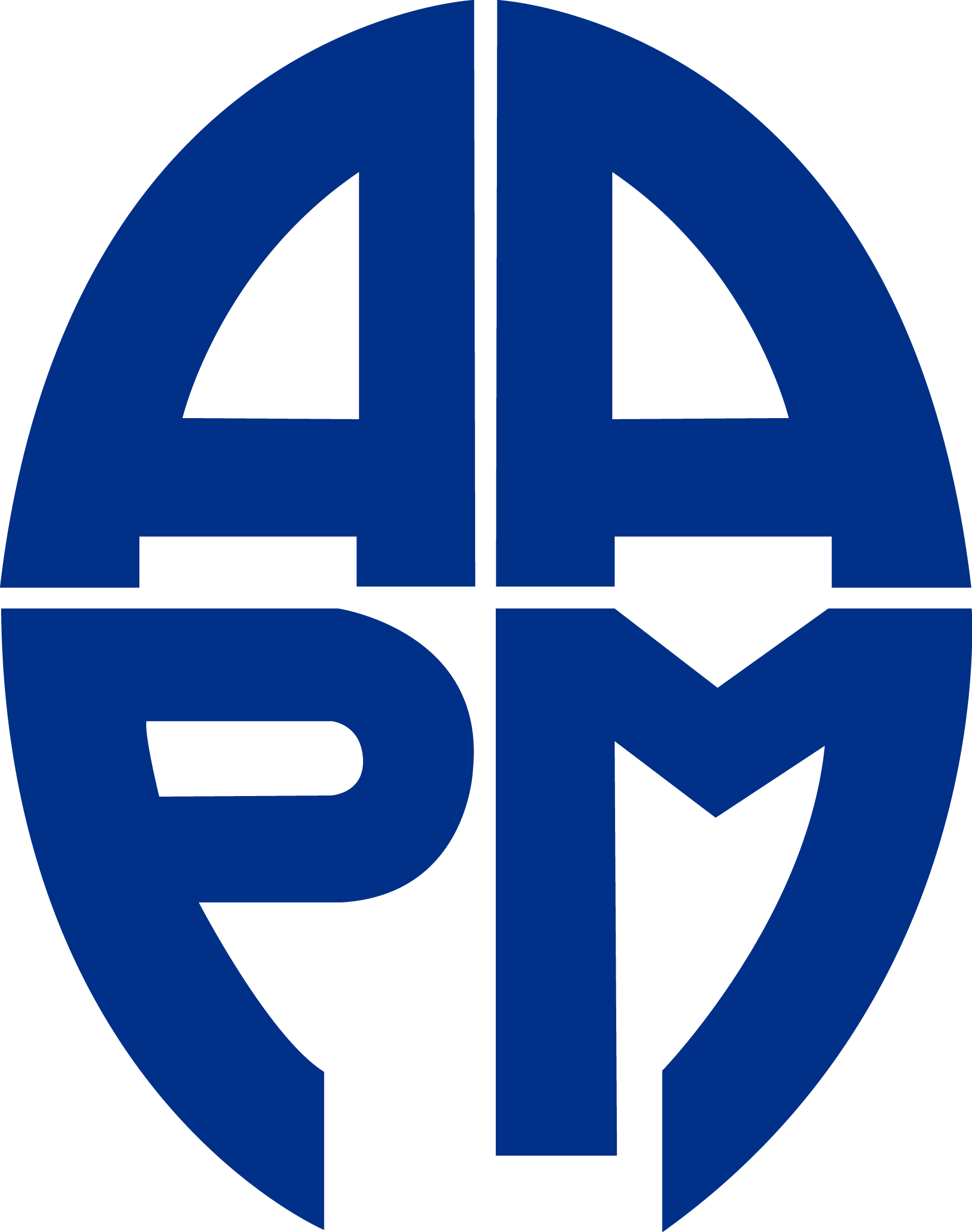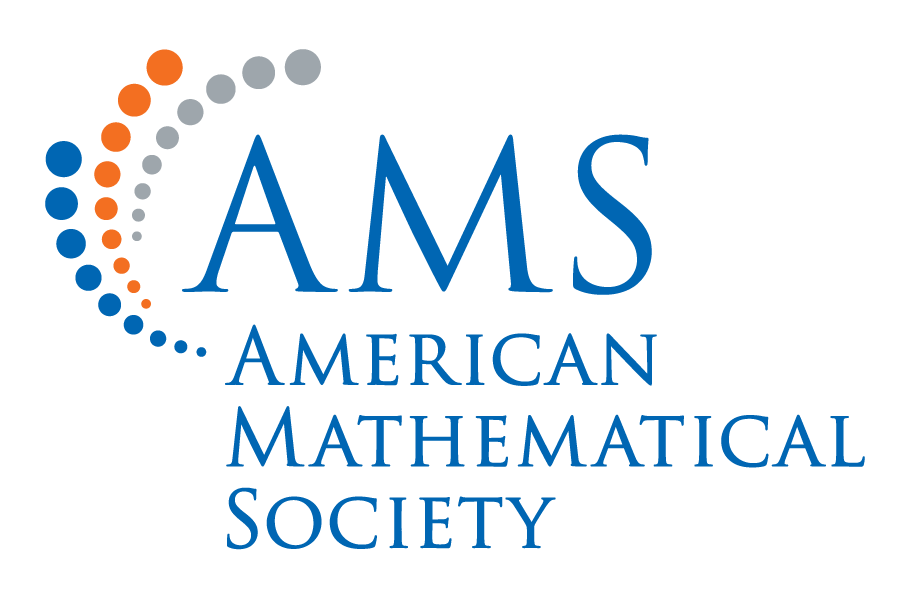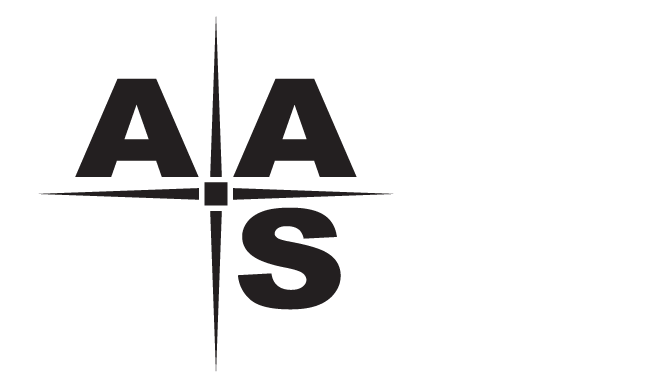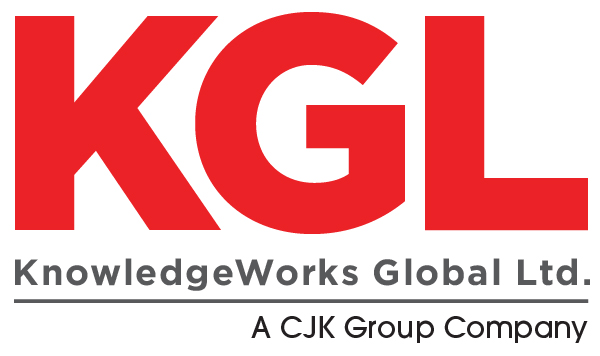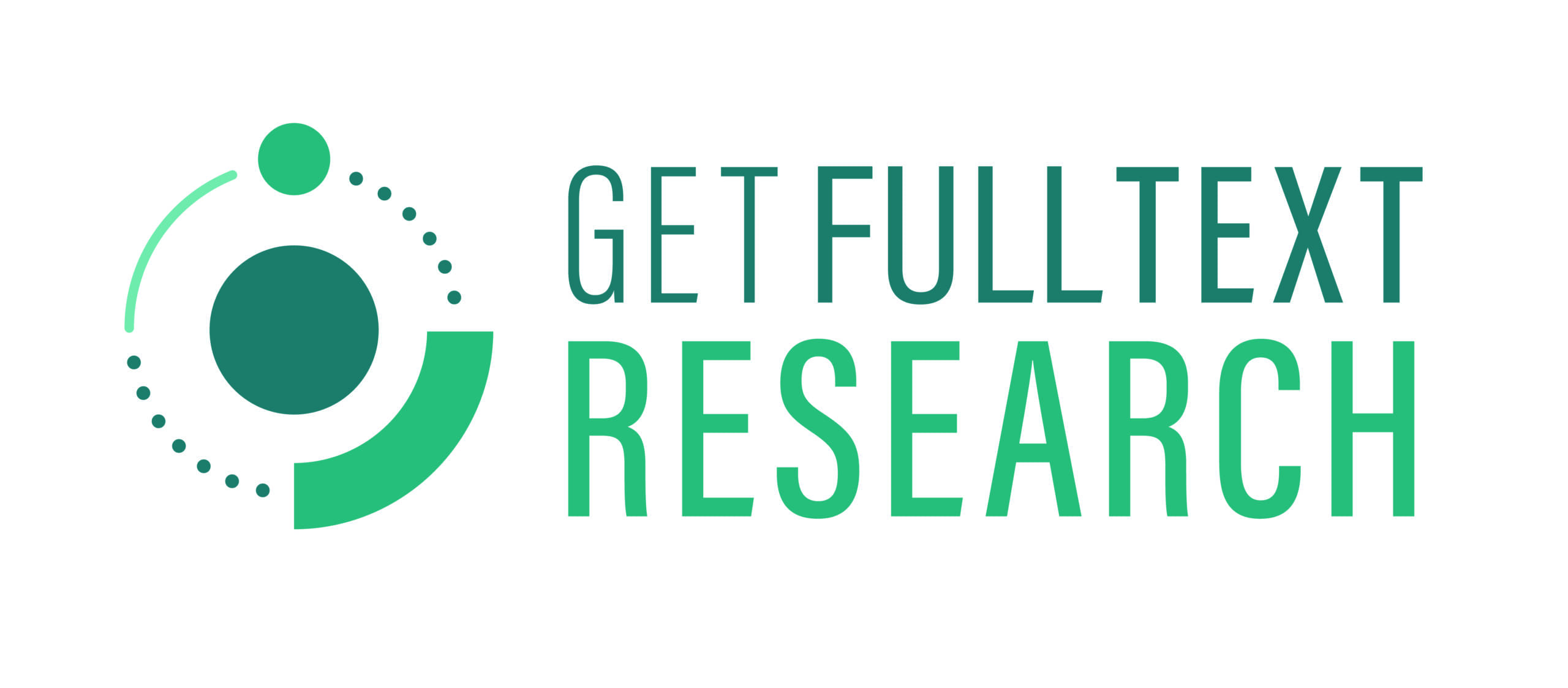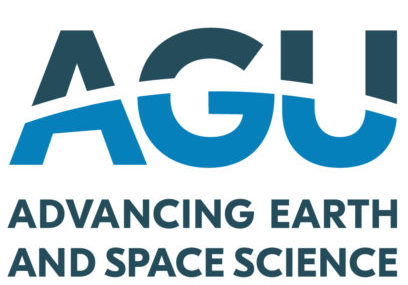Thoughts and Observations on the Policy Guidance of OSTP Memo August 25, 2022:
Ensuring Free, Immediate, and Equitable Access to Federally Funded Research
Howard Ratner, Executive Director, CHORUS
2 September 2022 (Posted online 9 September 2022; updated 16 September 2022)
The opinions expressed here are mine and may not reflect those of the CHORUS board and membership.
| The OSTP memo on public access to scholarly content and data titled “Ensuring Free, Immediate, and Equitable Access to Federally Funded Research” was released on August 25, 2022 from Dr. Alondra Nelson (Acting Director, OSTP). The memo was created without input from the publishing community. OSTP gave the federal agencies very little time to respond to drafts just prior to its release. It now falls on the federal agencies to deal with the impact of the numerous policy guidelines of this memo within the next six months.
The excerpts of text and footnotes below from Sections 3-7 on policy guidance of OSTP Memo August 25, 2022: “Ensuring Free, Immediate, and Equitable Access to Federally Funded Research” have been copied here for easy reference. My thoughts and observations have been inserted into bordered boxes to make it clear of the separation along with some red coloration of the relevant memo text to highlight the text being referenced. Sections 1-2 have not been copied or commented on as they are backgrounds and preamble material. One overall observation, which was also picked up by Rick Anderson (Scholarly Kitchen), is the predominance of the word “should” throughout the document. It will be interesting to see whether federal agencies follow the guidelines as written or interpret “should” to mean that they have discretion over how they implement the policy recommendation. |
3. Updates to Policy Guidance on Increasing Equitable Access to Federally Funded Research Results
To meet these core commitments, OSTP is updating policy guidance to promote improved public access to federally funded research results. In accordance with the provisions listed in Section 3, Federal agencies should develop new, or update existing, public access plans as soon as possible, and submit them to OSTP and the Office of Management and Budget (OMB) no later than:
(1) 180 days after the date of this memorandum for federal agencies with more than $100 million in annual research and development (R&D) expenditures; and
(2) 360 days after the date of this memorandum for federal agencies with $100 million or less in annual R&D expenditures. This extended deadline is designed to accommodate a longer lead time for federal agencies who were not subject to the 2013 Memorandum.
Agencies should complete and publish full policy development for plans implementing provisions in Section 3 by December 31st, 2024, with an effective date no later than one year after the publication of the agency plan. The timeline is designed to accommodate the items identified in Section 5 of this memorandum, including interagency collaboration, public engagement with those impacted by the change in policy, and OSTP feedback on agency drafts.
| New Agency plans are due to OSTP by …
February 21, 2023 – 180 days for $100 million+ (2013 OSTP memo participants) August 20, 2023 – 360 days for less than $100 million (non-2013 OSTP memo participants) December 31, 2024 – plans for Section 3 to be publicly published Effective date “no later than one year after the publication of the agency plan” So this means the changes are for new federal grants as of December 31, 2025 or January 1, 2026. As the grants will apply to research which takes 1-2 years to produce, it likely means these new agency plans will impact scholarly content submitted in 2027/2028. This is a very aggressive timetable as some agencies took up to three years to submit their plan to OSTP back in 2013. This is the first time that the non-2013 OSTP memo participants are being addressed as part of the public access planning. These are likely to be much smaller agencies without staff dedicated to public access issues. There may be an opportunity for CHORUS to help them. |
3a) Peer Reviewed Scholarly Publications
Federal agencies should update or develop new public access plans for ensuring, as appropriate and consistent with applicable law, that all peer-reviewed scholarly publications (4) authored or coauthored by individuals or institutions resulting from federally funded research are made freely available and publicly accessible by default in agency-designated repositories without any embargo or delay after publication.
Plans should describe:
i. How peer-reviewed scholarly publications should be made publicly accessible;
ii. How to maximize equitable reach of public access to peer-reviewed scholarly publications, including by providing free online access to peer reviewed scholarly publications in formats that allow for machine-readability (5) and enabling broad accessibility through assistive devices; and,
iii. The circumstances or prerequisites needed to make the publications freely and publicly available by default, including any use and re-use rights, and which restrictions, including attribution, may apply.
Footnote:
(4) “Such scholarly publications always include peer-reviewed research articles or final manuscripts published in scholarly journals, and may include peer-reviewed book chapters, editorials, and peer-reviewed conference proceedings published in other scholarly outlets that result from federally funded research.”
| The definition of scholarly publications in footnote 4 is the important thing here. From my reading, authors (and likely their publishers according to some agencies) will be allowed to make Accepted Manuscripts (AMs) publicly accessible at zero embargo and optionally Version of Records (VORs) publicly accessible at zero embargo or later if the AM was already publicly accessible. These could include Gold and Platinum OA business models as well as others.
The specific additions of book chapters, editorials, and peer-reviewed conference proceedings is also very significant. CHORUS will investigate the potential for monitoring these items provided they have DOIs registered in an accessible DOI registry. One-size does not fit all. There will likely be multiple approaches based on the need for equity and diversity in terms of content types and subject areas. Agencies should consider the impact to the long-term sustainability of the scholarly communications ecosystem when developing their plans. |
“Plans should describe:
i. How peer-reviewed scholarly publications should be made publicly accessible;
ii. How to maximize equitable reach of public access to peer-reviewed scholarly publications, including by providing free online access to peer-reviewed scholarly publications in formats that allow for machine-readability(5) and enabling broad accessibility through assistive devices; and,
iii. The circumstances or prerequisites needed to make the publications freely and publicly available by default, including any use and re-use rights, and which restrictions, including attribution, may apply.
Footnote:
(5) “Machine readability” refers to a format that can be easily processed by a computer without human intervention while ensuring no semantic meaning is lost (such as the NISO Z39.96-2015 JATS XML standard currently used by PubMed Central).
| Footnote 5 may prove to be very significant. This is an important distinction from the original Holdren memo. It is giving much more definition to “machine readability” and will put a lot of pressure on agencies to have JATS XML ready for public accessibility. This will put PubMed Central in a much stronger position than it was before. Publishers will need to decide if they want to supply JATS XML for their VORs or AMs. If AMs, Manuscript Tracking System vendors may be able to supply assistance. This may lead to significant investment by the publishers and agencies. CHORUS will investigate the potential to gather best practices to help inform the industry. |
b) Scientific Data
i. Scientific data(6) underlying peer-reviewed scholarly publications resulting federally funded research should be made freely available and publicly accessible by default at the time of publication, unless subject to limitations as described in Section 3(c)(i) and should be subject to federal agency guidelines for researcher responsibilities regarding data management and sharing plans, consistent with Section 3(c) of this memorandum.
ii. Federal agencies should develop approaches and timelines for sharing other federally funded scientific data that are not associated with peer-reviewed scholarly publications.
| It is interesting that they chose to use the words “scientific data” in 3bi when they are using the words scholarly publications everywhere else. How exactly does this apply to data derived from HSS?
My interpretation here is that they are advising that all datasets and software that is connected to the “published research” needs to be made publicly accessible with zero embargo. This is the area that CHORUS has and will continue to be involved in on behalf of its stakeholder community. However, the memo then goes further by stating “sharing other federally funded scientific data that are not associated with peer-reviewed scholarly publications.” This will be very difficult for agencies to implement. This will be an area that institutions will likely have to grapple with more than publishers. |
iii. Federal agencies should also provide guidance to researchers that ensures the digital repositories used align, to the extent practicable,(7) with the National Science and Technology Council document entitled “Desirable Characteristics of Data Repositories for Federally Funded Research.”(8)
iv. Federal agency research: Agency public access plans and policies should clarify that federal researchers must follow federal laws and OMB policies that govern federal agencies’ information management practices and protect certain types of data,(9) to the extent that the scientific data created by, collected by, under the control or direction of, or maintained by the federal researchers is subject to those laws and policies.
Footnotes:
(6) For the purposes of this memorandum, “scientific data” include the recorded factual material commonly accepted in the scientific community as of sufficient quality to validate and replicate research findings. Such scientific data do not include laboratory notebooks, preliminary analyses, case report forms, drafts of scientific papers, plans for future research, peer-reviews, communications with colleagues, or physical objects and materials, such as laboratory specimens, artifacts, or field notes. The definition of “scientific data” is similar to but broader than the term “research data” defined by 2 CFR 200.315 (e) and 45 CFR 75.322 (e).
(7) The term “extent practicable” is used to signal that suitable repositories for all types of data may not be available within the timeframe provided.
(8) See the 2022 NSTC Subcommittee on Open Science guidance: https://doi.org/10.5479/10088/113528 (9) For instance, the Paperwork Reduction Act, E-Government Act, Freedom of Information Act, Federal Information Security Management Act, Privacy Act, Health Information Technology for Economic and Clinical Health Act, Information Quality Act, Foundations for Evidence-Based Policymaking Act, Confidential Information Protection and Statistical Efficiency Act, Federal Policy for the Protection of Human Subjects, Federal Records Act, and OMB guidance under OMB M-13-13 and subsequent open data policies (e.g., those to be promulgated under the OPEN Government Data Act and Pub. L. No. 115-435), OMB Circular A-130, and other laws and policies that require federal agencies to protect trade secrets, confidential commercial information, personally identifiable information, and other information which is protected under law or policy. See also, language from OMB M-19-15 with respect to maximizing the amount of data that can be made public using cutting-edge technologies to provide secure access to confidential data while reducing the risk of re-identification.
| 3biii and footnotes 7 & 8: “Desirable Characteristics of Repositories…” will be an interesting area to study. How does this align with other efforts in this area? CHORUS will evaluate the potential of promoting the federal Desirable Characteristic of Repositories along with similar criteria. |
c) Public access plans should outline the policies that federal agencies will use to establish researcher responsibilities on how federally funded scientific data will be managed and shared, including:
i) Details describing any potential legal, privacy, ethical, technical, intellectual property, or security limitations,(10) and/or any other potential restrictions or limitations on data access, use, and disclosure, including those defined in terms and conditions of funding agreement or award or that convey from a data use agreement or stipulations of an Institutional Review Board;
ii) Plans to maximize appropriate(11) sharing of the federally funded scientific data identified in Section 3(a) of this memorandum, such as providing risk-mitigated opportunities for limited data access;(12) and,
iii) The specific online digital repository or repositories where the researcher expects to deposit their relevant data, consistent with the federal agency’s guidelines.
Footnotes:
(10) Including national security concerns.
(11) The term “appropriate” is used to signal that public access to federally funded research results and data should be maximized in a manner that protects confidentiality, privacy, business confidential information, and security, avoids negative impact on intellectual property rights, innovation, program and operational improvements, and U.S. competitiveness, and preserves the balance between the relative value of long-term preservation and access and the associated cost and administrative burden.
(12) For example, secure research data centers, data use agreements, perturbing identifiable information, or excluding sensitive variables.
| 3ci and ii – appear to be extensions of what is already being implemented with federal agency Data Management Plans (DMPs)
3ciii – “…specific online digital repository or repositories…” This language is a step further than the current DMPs as it asks for the name of the repositories. This could be a boon for the discoverability of linked datasets. |
d) In consultation with OMB, federal agencies should allow researchers to include reasonable publication costs and costs associated with submission, curation, management of data, and special handling instructions as allowable expenses in all research budgets.
| 3d – “… allow researchers to include reasonable publication costs and costs associated with submission, curation, management of data, and special handling instructions as allowable expenses in all research budgets.” This could be big as it allows grantees to be paid for their APCs and dataset storage. However, without an overall increase to agency budgets and grants this will likely be a point of contention with many researchers who do not wish to give up a portion of their grants. |
e) Federal agencies should report to OSTP, when requested, on the status of their public access plans and policy implementation, including the number of all scholarly publications funded by the federal agencies and any other relevant statistics collected by the agency.
| 3e “… including the number of all scholarly publications funded by the federal agencies and any other relevant statistics collected by the agency.” CHORUS already helps US agencies with tracking articles, conference proceedings, and datasets reporting on US funded research. We are already in contact with all of our participating agencies about the 2022 OSTP Nelson memo. |
4. Ensuring Scientific and Research Integrity in Agency Public Access Policies
Public access policies that deliver transparent, open, secure, and free communication of federally funded research and activities in an expeditious manner are an important tool to uphold scientific(13) and research(14) integrity. Federal agencies should take steps to ensure that public access policies support scientific and research integrity by transparently communicating to the public critical information, including that which is related to the authorship, funding, affiliations, and development status of federally funded research. The public should be able to identify which federal agencies support given investments in science, the scientists who conduct that research, and the extent to which peer-review was conducted. These actions support the value that maintaining and restoring public trust in science requires openness, security, freedom, and integrity. Federal agencies should take actions to ensure that these elements of scientific and research integrity are in place in order to strengthen public trust in federally funded science.
To achieve these goals, the following steps should be taken by federal agencies, as appropriate and consistent with their missions.
Footnotes:
(13) See the 2022 NSTC Report “Protecting the Integrity of Government Science”: https://www.whitehouse.gov/wpcontent/uploads/2022/01/01-22-Protecting_the_Integrity_of_Government_Science.pdf
(14) See the 2022 NSTC “Guidance for Implementing National Security Presidential Memorandum 33 (NSPM-33) on National Security Strategy for United States Government-Supported Research and Development” (NSPM-33 Implementation Guidance): https://www.whitehouse.gov/wp-content/uploads/2022/01/010422-NSPM-33-Implementation-Guidance.pdf
| There are a number of important links about research integrity in the footnotes here that require further research. This is an area that OSTP has signaled their interest in, so we will likely see a lot of activity in the coming months. |
By December 31st, 2024, federal agencies should submit to OSTP and OMB a second update to their public access plans specifying approaches taken to implement the provisions in this Section 4. Agencies should complete and publish full policy development for plans implementing these provisions by December 31st, 2026, with an effective date no later than one year after the publication of the agency plan. Federal agencies should, consistent with applicable law:
a) Collect and make publicly available appropriate metadata(15) associated with scholarly publications and data resulting from federally funded research, to the extent possible at the time of deposit in a public access repository. Such metadata should include at minimum:
i) all author and co-author names, affiliations, and sources of funding, referencing digital persistent identifiers,(16) as appropriate;
ii) the date of publication; and,
iii) a unique digital persistent identifier for the research output;
b) Instruct federally funded researchers to obtain a digital persistent identifier that meets the common/core standards of a digital persistent identifier service defined in the NSPM-33 Implementation Guidance,(17) include it in published research outputs when available, and provide federal agencies with the metadata associated with all published research outputs they produce, consistent with the law, privacy, and security considerations.
c) Assign unique digital persistent identifiers(18) to all scientific research and development awards(19) and intramural research protocols that have appropriate metadata linking the funding agency and their awardees through their digital persistent identifiers.
Footnotes:
(15) For the purposes of this memorandum, metadata include information conveyed with the publications and data upon deposit in a public access repository to ensure proper attribution and versioning.
(16) See the NSPM-33 Implementation Guidance for definition: A digital identifier that is globally unique, persistent, machine resolvable and processable, and has an associated metadata schema.
(17) See Point 5 in the Digital Persistent Identifiers section of the NSPM-33 Implementation Guidance
(18) As a complement to implementation of the Federal Funding and Accountability Transparency Act
(19) Consistent with NSPM-33 Implementation Guidance, a research and development award refers to support provided to an individual or entity by a federal research agency to carry out research and development activities, which may include support in the form of a grant, contract, cooperative agreement, or other such transaction.
| This section also establishes a second set of deadlines for federal agencies:
December 31, 2024 – Federal agencies should submit to OSTP and OMB a second update to their public access plans specifying approaches taken to implement the provisions in this Section 4. December 31, 2026 – Agencies should complete and publish full policy development for plans implementing these provisions. Sections 4 a, b, c are significant! It is the first time the federal government has come out in strong favor of persistent identifiers. While ORCID IDs, RORs and DOIs are not named directly they are implied. The fact that the USDOE has a consortium agreement with ORCID to create researcher IDs for participating US agencies in that consortium should be important. Crossref’s work into Grant IDs could also be important. CHORUS will get more involved with Award DOIs as they apply to the User Facilities/Research Resources project done in the past with US DOE laboratories and CSIRO project in the near future. |
5. Public Access Plan Coordination Among Federal Agencies
Coordination among federal science agencies(20) is critical for the success of delivering America’s research to the public. The National Science and Technology Council Subcommittee on Open Science was chartered to facilitate such coordination between federal science agencies in conjunction with OSTP. Concurrent with and following the development of agency plans described Section 3 and Section 4 of this memorandum, the Subcommittee on Open Science will:
a) coordinate between federal science agencies to enhance efficiency and reduce redundancy in public access plans and policies, including as it relates to digital repository access;
b) improve awareness of federally funded research results by all potential users and communities;
c) consider measures to reduce inequities in publishing of, and access to, federally funded research and data, especially among individuals from underserved backgrounds and those who are early in their careers;
d) develop procedures and practices to reduce the burden on federally funded researchers in complying with public access requirements;
e) recommend standard consistent benchmarks and metrics to monitor and assess implementation and iterative improvement of public access policies over time;
f) improve monitoring and encourage compliance with public access policies and plans;
g) coordinate engagement with stakeholders, including but not limited to publishers, libraries, museums, professional societies, researchers, and other interested non-governmental parties on federal agency public access efforts;
h) develop guidance on desirable characteristics of, and best practices for sharing in, online digital publication repositories;
i) identify the key parameters that must be considered in planning how to maximize appropriate sharing of federally funded scientific data that have not been used to support scholarly publications; and,
j) develop strategies to make federally funded publications, data, and other such research outputs and their metadata are findable, accessible, interoperable, and re-useable, to the American public and the scientific community in an equitable and secure manner.
Footnote:
(20) Federal science agencies here are defined as any federal agency with an annual extramural research expenditure of over $100,000,000 per 42 USC § 6623(f).
| Section 5 is further empowering OSTP’s National Science and Technology Council Subcommittee on Open Science (NSTC SOC) to help facilitate the directives of this memo. This subcommittee is mainly run by NIH and DOE staffers.
Footnote 20 is interesting in that it does not mention the creation of a similar subcommittee for the HSS and agencies under $100,000,000. It will be important to see how the agencies in this category will be represented by the NSTC SOS. Sections c, e, and g address how NSTC SOC is to lead the coordination with others outside of the government (e.g, publishers, institutions, and more), metrics to track success of implementation, and best practices to reduce inequities in publishing. CHORUS will engage with its stakeholders including the NSTC SOC on all of the above. |
6. General Provisions
Nothing in this memorandum shall be construed to impair or otherwise affect authority granted by law to an executive department, agency, or the head thereof; or functions of the Director of OMB. Nothing in this memorandum, or the agency plans developed pursuant to it, shall be construed to authorize or require federal agencies to undermine any right under the provisions of Title 17, 18, or 35 of the United States Code, or to violate the international obligations of the United States. Provisions of this memorandum should be implemented to the extent feasible and consistent with applicable law, privacy, indigenous rights, foreign policy and international development objectives, and national security considerations. Any provisions of the 2013 Memorandum that are not updated or superseded by this new policy guidance are maintained. Provisions of this memorandum should be implemented consistent with law, OMB Guidance, and the Uniform Guidance 2 CFR 200. This memorandum is not intended to, and does not, create any right or benefit, substantive or procedural, enforceable at law or in equity, by any party against the United States; its departments, agencies, or entities; its officers, employees, or agents; or any other person.
| Much of Section 6 appears to be boilerplate OSTP memo language. However, the statement “Any provisions of the 2013 Memorandum that are not updated or superseded by this new policy guidance are maintained.” means that agencies and others need to do a careful comparison with the 2013 Holdren memo must be conducted to best understand which parts of the 2013 memo are still meant to be enforced. |
7. Taking Next Steps Together
The extraordinary progress in open science and public access led by federal agencies has laid the foundation for these critical next steps. As we move forward together in implementing these critical actions, we will do so in partnership and with a shared vision for an ever-stronger and more equitable federal scientific ecosystem. Immediate public access to America’s research publications and data will serve our collective goals of accelerating scientific discovery, strengthening translation and policymaking, and lowering the barriers of access to science for all of America. As we move forward, OSTP will establish a process for supporting the implementation of these updates. We are grateful to you and your dedicated staff for your valued contributions to strengthening public access and supporting the advancement of health, safety, security, and equity.
| OSTP is indicating that they will “… establish a process for supporting the implementation of these updates.” This seems strange seeing as in Section 6 they have delegated that responsibility to the National Science and Technology Council Subcommittee on Open Science. Or maybe that is what they meant and are repeating this here. |
Reading List & Useful Links
The following is a list of analyses, White House documents, and opinion pieces. CHORUS will update this reading list & useful links on its website periodically.
Analyses
These three pieces are excellent reads on the potential impacts of the memo and also provide some suggestions for next steps.
- Clarke & Esposito: The Brief (which also includes links to reporting and statements in reaction): https://www.ce-strategy.com/the-brief/zero-embargo/
- Rick Anderson, The Scholarly Kitchen: https://scholarlykitchen.sspnet.org/2022/08/29/a-new-ostp-memo-some-initial-observations-and-questions/
- Jeff Pooley: On APCs: https://www.jeffpooley.com/2022/08/the-big-apc-question-mark-hovering-over-the-ostp-announcement/
White House Links
- Blog post from Chris Marcum and Ryan Donahue: https://www.whitehouse.gov/ostp/news-updates/2022/08/25/breakthroughs-for-alldelivering-equitable-access-to-americas-research/
- Nelson, Alondra. OSTP Memo : “Ensuring Free, Immediate, and Equitable Access to Federally Funded Research”, August 25, 2022: https://www.whitehouse.gov/wp-content/uploads/2022/08/08-2022-OSTP-Public-Access-Memo.pdf
- White House Press Release: https://www.whitehouse.gov/ostp/news-updates/2022/08/25/ostp-issues-guidance-to-make-federally-funded-research-freely-available-without-delay
- White House “economic analysis”: https://www.whitehouse.gov/wp-content/uploads/2022/08/08-2022-OSTP-Public-Access-Congressional-Report.pdf
Other Reading
- AAP statement: https://publishers.org/news/statement-from-shelley-husband-senior-vice-president-government-affairs-association-of-american-publishers-on-decision-by-white-house-office-of-science-and-technology-policy-to-make-private-se/
- Association of Research Libraries, “ARL Celebrates Biden-Harris administration’s historic policy to make federally funded research immediately available,” Association of Research Libraries, 25 August 2022.
- Brainard and Kaiser, “White House requires immediate public access to all U.S.-funded research papers by 2025,” Science, 26 August 2022.
- cOAlition S, “cOAlition S welcomes the updated open access policy guidance from the White House Office of Science Technology and Policy,” cOAlition S, 26 August 2022.
- D’Agostino and Lederman, “No paywall for taxpayer-funded research, U.S. declares,” Inside Higher Ed, 26 August 2022.
- Open Research Funders Group, “Open Research Funders Group Applauds Bold OSTP Action”
- Parikh, “AAAS statement on OSTP federally funded research guidance,” AAAS, 25 August 2022.
- Patel, “White House pushes journals to drop paywall on publicly funded research,” The New York Times, 25 August 2022.
- Scholarly Kitchen, “Ask the Chefs: OSTP Policy, Part I, 30 August 2022.
https://scholarlykitchen.sspnet.org/2022/08/30/ask-the-chefs-ostp-policy-i/
- Scholarly Kitchen, “Ask the Chefs: OSTP Policy, Part II, 31 August 2022.
https://scholarlykitchen.sspnet.org/2022/08/31/ask-the-chefs-ostp-policy-ii/
- Suber. Twitter thread (which includes some interesting reactions as well): “https://twitter.com/petersuber/status/1562831970757152776” 25 August 2022.
- Tollefson and Van Noorden, “US government reveals big changes to open access policy,” Nature, 26 August 2022.
- Zahneis, “‘A historic moment’: New guidance requires federally funded research to be open access,” The Chronicle of Higher Education, 25 August 2022.


